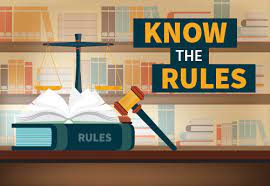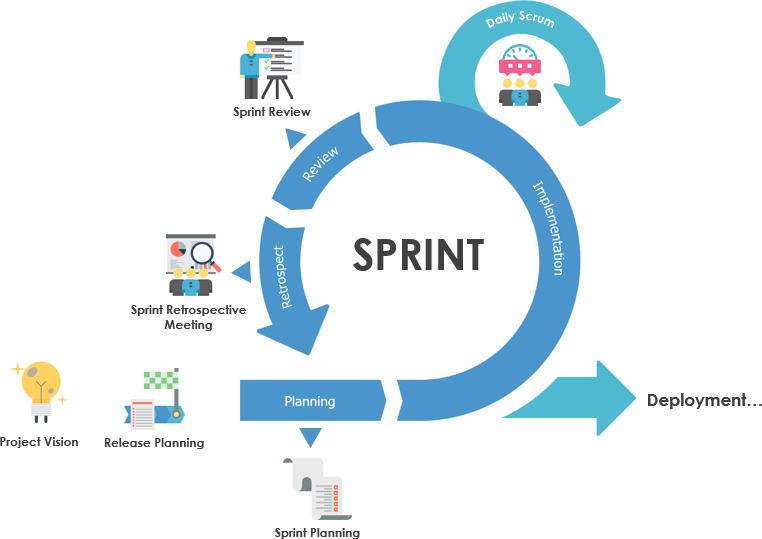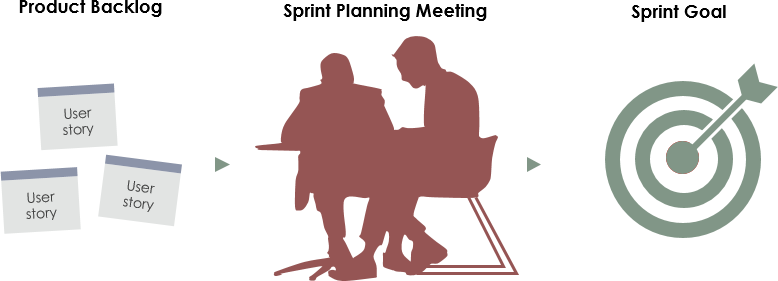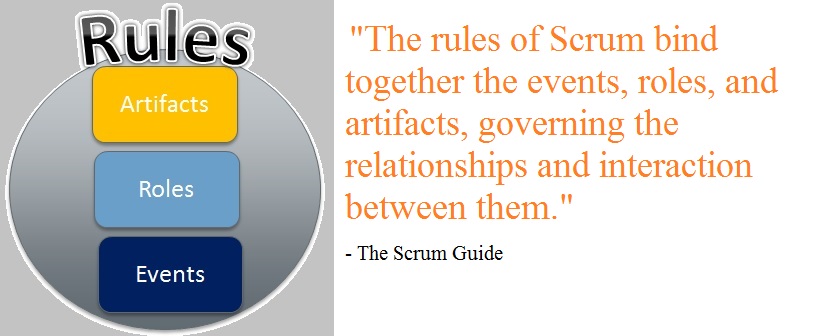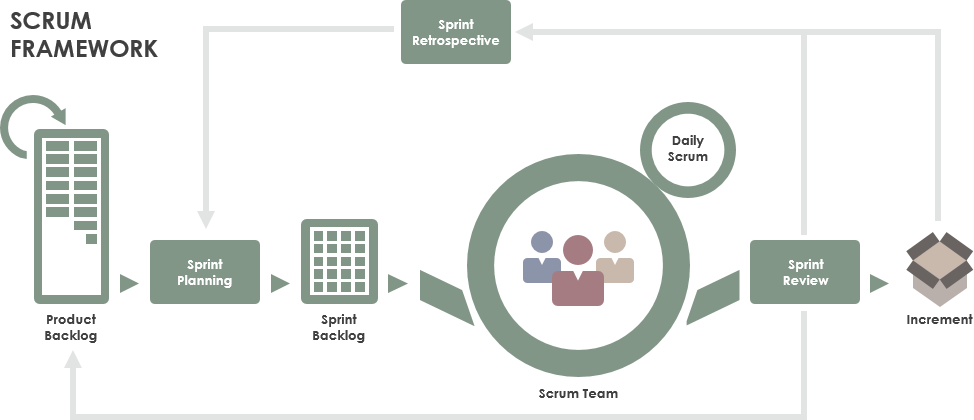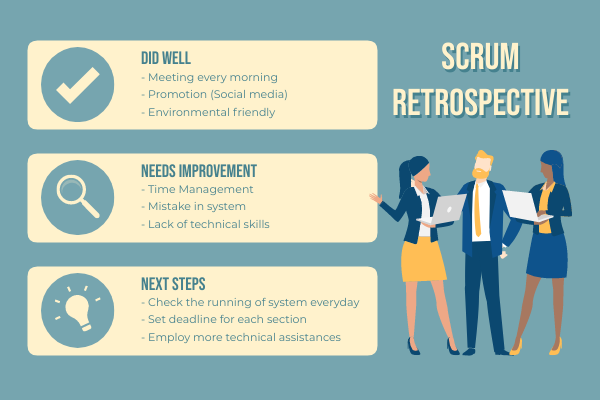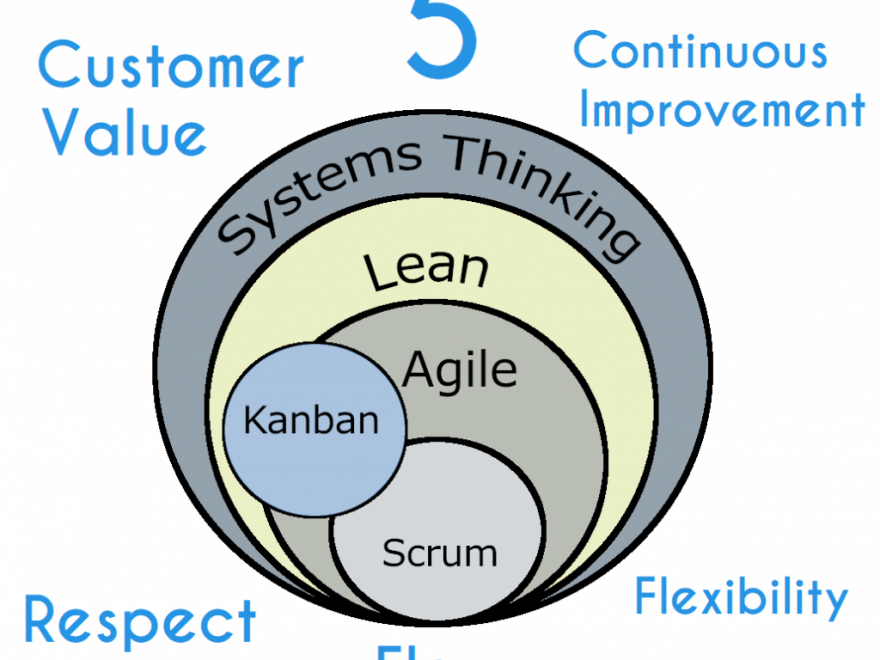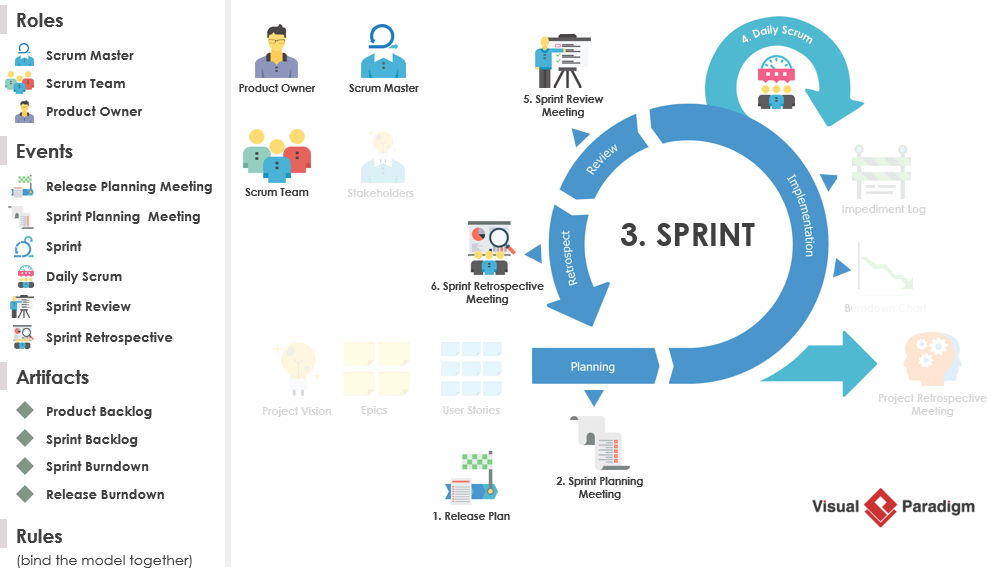According to Scrum.org, a Sprint is a “month or less framework within which a “completed”, usable and potentially releasable product increment is created. The duration of a Sprint is consistent throughout the development effort. A new Sprint begins immediately after the previous Sprint ends…….
Continue reading

